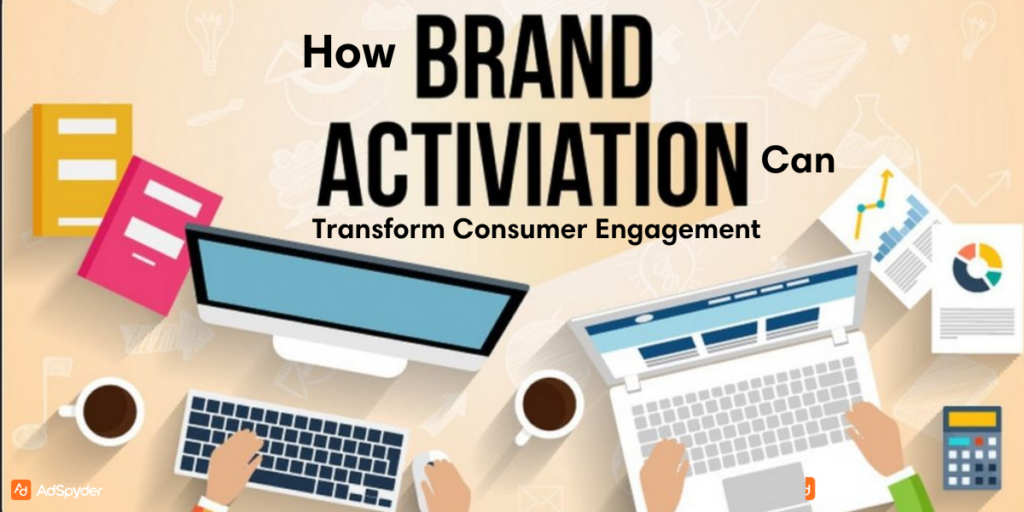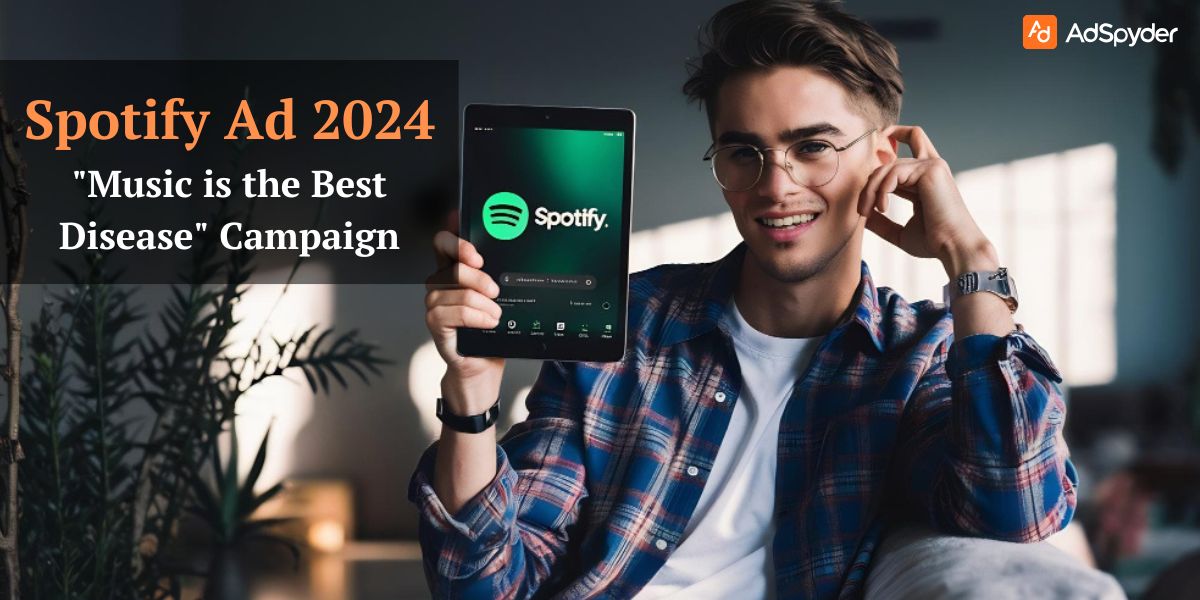In the contemporary environment, consumers and brands have been struggling to engage with each other and achieve the desired outcome. For awareness, conventional advertising media may work, yet it is for changing the mode of engagement that creativity and a clear mission are needed. Now, let us define brand activations for engagement – brand experiences are unique, tangible, and live events that provide consumers with engaging brand experiences.
Ready to Elevate your Marketing Strategy?
When done well, brand activations hold the power to transform consumer perception, mobilizing an emotional response, and increasing brand favorability and conversion rates by possibly a hundred percent. In this context, through the growth of technology and consumer expectations, Experiential brand activations have become versatile tactics for brands in the current world.
The Engagement Revolution: Why Brand Activations Matter
Brand activations primarily provide brands with one of their most important prerogatives – the chance to communicate with the target audiences at large engagingly. More intimate and hands-on compared to traditional ads or content, brand activation campaigns generate several key benefits:
- Boost Brand Awareness: Effective brand stunts are by their very nature developed to attract the attention of consumers, thus using various elements of the physical surrounding environment to communicate their messages.
- Spark Emotional Connections: The core goal of brand activations remains in the creation of emotional connections between consumers and brands. Focusing consumers on a state or story connected with the brand purpose can elicit happiness, confidence, or even nostalgia.
- Drive Sales and Conversions: Whereas brand activations are advantageous in enhancing brand recognition and purchase intentions, they can also serve as influential marketing tools persuading consumers to make purchases.
- Gather Valuable Customer Insights: Each brand activation also provides an avenue for brands to engage target audiences and receive their input right there on the spot. Integrated questionnaires, product offerings, and talking to employees are some of the ways that brands use to get primary data that they use in their subsequent market planning and operations.
- Enhance Brand Image and Perception: Market orientation and brand awareness that comes with brand activations across different consumer contact points also determine how people perceive brands. By showcasing your brand’s values and commitment to social responsibility through interactive experiences, you can build trust and establish a positive brand reputation.
Strategies for Creating Engaging Brand Activations For Engagement
Now that you understand the power of brand activations, let’s explore key strategies for creating compelling campaigns that resonate with your target audience:
Define Your Goals and Target Audience
As with any campaign, activations should flow from an agreed-upon and communicated business objective tied to brand and campaign goals.
Check key performance indicators regarding matters like awareness, engagement rate, sales conversion, or leads generated.
These benchmarks delineate creative direction and service channels.
It is also essential to define your target audience to make the best of the targeted audience and offer them something familiar and recognizable.
Take into account the customers’ demographics, their behavior, and whether they have any existing preference for the product. Use online behavioural advertising principles to optimise your targeting.
Craft a Unique and Memorable Concept
To come up with all these, one should avoid copying what other competitors are doing but rather, come up with unique, innovative ideas that go in line with the brand purpose.
- For instance, consumer fatigue with summer music festival issues or overemphasis on such events means creativity is central here.
- Use brand background or the current tradition as a source of inspiration for the unique ideas that will perfectly fit the brand – like Red Bull’s Flugtag.
Embrace Experiential Marketing Principles
Specifically, the most effective activations address the need for the brand to not do one thing while the audience does another, but to create an experience.
- Environments must enable consumer participation across the various ‘touch points’ and assist their customers across the ‘consumer decision process’ from pre-purchase to post-purchase.
- Ensure interactions are engaging, rich, relevant, and ones that people would like to share with others.
Select the Right Platform
The platform for your brand activation can significantly impact its success. Consider factors like your target audience, budget, and campaign goals. Here’s a breakdown of popular options:
- Physical Events: These face-to-face or on one interactions with the client provide an opportunity to meet your audience. They include limited-time retail stores such as pop-up stores, samples, free trials, seminars, or even a concert or a fiesta with the brand’s name attached to it.
- Virtual Events: Virtual events allow new opportunities in the context of immersive online experiences and interactions. When it comes to people’s interaction, it is possible to use virtual tests of the product, games with the audience, or live streaming of some event that can involve the viewers.
- Hybrid Events: It has clearly been brought out that hybrid learning has the potential to be a potent mix of conventional and online values. For instance, a live presentation of a new product can be aired online as many would want to be physically involved but can only attend online. Other rich media elements include Live Q&A sessions or social media polls.
Integrate Social Media for Amplification
Digital and social activation can effectively boost the level of activation awareness and interaction.
- Processing and sharing UGC can be facilitated through hashtag branding and creating photogenic spots for visitors. make sure to create engaging content for videos and blogs for maintaining engagement with your audiences.
- Reward shares via contests. Broadcast events in the interest of social FOMS. These tactics amplify viral friction and consequently the return on investment.
Measure and Analyze Results
Strategic activation strategies yield measurable returns for activation planning and execution to benchmark against.
- Accompanying metrics include impressions, reach, engagement rate, dwell time, conversion rates from sales, and overall brand sentiment.
- Use analytics tools for tracking progress. For example, Google analytics provides means for measuring Google Ads metrics.
Real-Life Examples of Successful Brand Activation
Chipotle’s “GuacFest” Campaign
Chipotle chose to commemorate National Avocado Day with a satirical GuacFest music concert. They collaborated with both Grammy-winning musicians and bands. Their promotion included multimedia marketing, such as playlist branding and an in-person experience in the form of a lounge. This is to express the goal of ‘spreading integrity’ through Real Food philosophy and music interest.
Sennheiser’s “Sound Around You” Experience
An audio equipment brand took a novel approach to introduce new headphone models to the public by installing an audio-visual gallery exhibit in London’s Saatchi Gallery. The installation creatively demonstrated how sound can be given a physical dimension across multiple rooms by the use of 360° sound branding experience touchpoints – education and entertainment branded touchpoints for patrons to engage with the positivity of sound transformation.
Subaru’s “Dog Tested. Dog Approved” Campaign
Subaru recognized the opportunity to link the target audience’s emotions to the product. They built an automobile brand that is friendly to dogs. The brand initiated the largest dog adoption campaign in America in more than a decade. Many of the country’s largest shelters were involved. Events witnessed by millions at on-site locations included information on safety as well as the promotion of corporate citizenship. These engaging activities provided a massive boost to sales figures that were already at record highs.
FAQs
Costs may differ depending on the type and size of activation, physical/virtual/hybrid event, and technology incorporation.
Industry conventions featuring live performances, or business meetings with games may be effective marketing strategies for B2B brands.
Focus of the firm and its management must be on the firm’s fundamental values and purpose. Maintain consistency in observing the rules of your brand’s visual identity, tone-deaf, design, and the ways you engage a community.
Refrain or minimize the emphasis on quantity or scope when it comes to the quality of the interactions. Be more specific to the consumer. Community partnerships, social campaigns, and limited experiential pop-up shops with dedicated followers may also be effective.
Cross-pollinate through owned channels with emotional and informational content via email, social media, and website content of value. Suggest relevant and external media to increase reach. Post quality content, images, and arrangements, and allow fans to share the content easily without forcing them to do so.
Monitor the coverage and activations in terms of engagement, impressions, and qualitative opinions about your brand. For long-term change, brand audits or questionnaires that highlight shifts in brand health across time can be used.
Conclusion
Brand activations for engagement are one of the most effective contemporary marketing concepts. It enables building long-term relationships with buyers beyond individual anonymous purchases. Marketers need to build lasting connections that pull adequate traffic to generate sufficient ROI and brand growth paths. They should carefully plan and design interactivity that is in tune with brand DNA and engagement requirements. The concept of experiential brand engagement offers a powerful competitive advantage.




